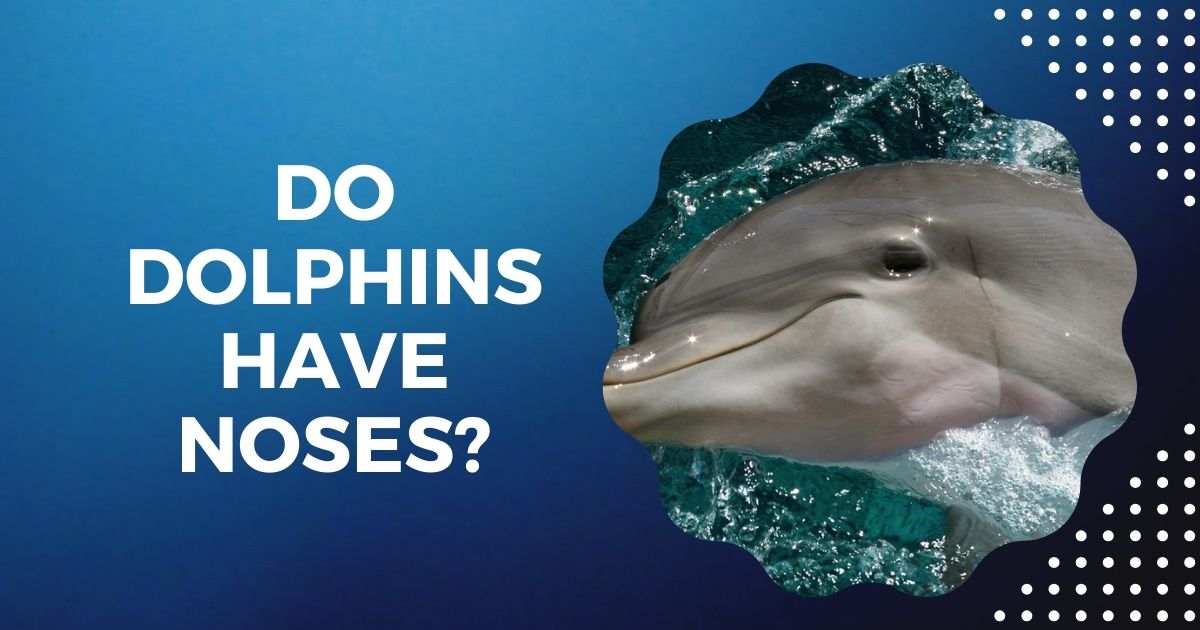Last updated on December 14th, 2023 at 12:44 pm

How Do Dolphins Give Birth? Dolphins give birth to live young, just like humans.
Dolphins enthrall many people with their beautiful movements and playful demeanor. One facet of their existence that frequently sparks interest is “how do dolphins give birth.”
We shall explore the interesting process of dolphin birth in this post, solving puzzles and throwing light on these aquatic creatures’ incredible journey.
Table of Contents
- 1 How Do Dolphins Give Birth?
- 2 Do Dolphins Give Birth Or Lay Eggs?
- 3 What Do Dolphins Do When Giving Birth?
- 4 Do All Dolphins Give Birth?
- 5 Dolphin Birth Facts
- 6 How Many Babies Do Dolphins Have In A Lifetime?
- 7 How Do Dolphins Give Milk To Their Babies?
- 8 How Long Does A Baby Dolphin Stay With Its Mother?
- 9 Frequently Asked Questions (FAQs)
- 10 Conclusion
How Do Dolphins Give Birth?
Like humans, dolphins give birth to live young. Depending on the species, dolphin pregnancies last anywhere from 10 months for harbor porpoises to 18 months for orcas.
Pregnancies in bottlenose dolphins fall midway in the middle and last roughly a year.
Dolphins normally give birth to a single offspring, usually with the tail coming out first. This reduces the infant’s chance of drowning.
A few hours can pass during a dolphin’s birth, and the other dolphins in the pod typically help the mother.
The mother starts nursing the baby as soon as it is born. Dolphin milk helps the baby grow quickly and is incredibly nutrient- and fat-rich.
Although newborn dolphins can swim and dive, they still need their moms for several years to provide them with safety and milk. [How Do Dolphins Give Birth?]
Here is a more detailed step-by-step account of how dolphins give birth:
- The mother dolphin enters labor and begins to contract.
- The baby dolphin’s tail emerges from the mother’s birth canal.
- The rest of the baby’s body follows, including its head and fins.
- The umbilical cord is broken, and the mother dolphin bites it off.
- The mother dolphin helps the baby to breathe and to swim to the surface.
- The baby dolphin begins to nurse from its mother.
Other dolphins in the pod frequently congregate to encourage the mother and greet the new baby, making dolphin births highly social occasions.
Dolphin calves and their moms have a strong relationship; the calves stay with their mothers for a number of years before learning to live on their own.
Incredible Dolphin Birth
Do Dolphins Give Birth Or Lay Eggs?
Dolphins do not lay eggs; instead, they give birth to live offspring.
Dolphins are viviparous animals, meaning their young develop inside their mothers’ bodies before to birth, just like humans and other mammals.
Dolphins have been able to flourish in their underwater environment by evolving viviparity, which provides the best possible safety and care for their offspring. [How Do Dolphins Give Birth?]
What Do Dolphins Do When Giving Birth?
Dolphin females build close-knit communities by seeking out the support and help of other females in their pods.
But throughout the birthing process, dolphins display amazing behaviors that highlight their social and intellectual nature.
The expecting mother is surrounded by other dolphins, which creates a secure and tranquil setting for the birth to occur.
The pod’s collaboration and solidarity show how closely these amazing animals are bonded to one another. [How Do Dolphins Give Birth?]
Do All Dolphins Give Birth?

Although the majority of dolphin species give birth, it’s important to remember that different dolphin species reproduce differently.
Males and females of some species, such as the common bottlenose dolphin, have different morphological traits because they are sexually dimorphic.
Others, like killer whales and orcas, on the other hand, have distinct reproductive techniques and assign distinct responsibilities to males and females in their social structures.
However, in many species, the birth of a baby dolphin is a happy occasion. [How Do Dolphins Give Birth?]
Dolphin Birth Facts
Gestation Period: Dolphins normally give birth between 10 and 12 months of pregnancy, though this might vary significantly among species. This longer time frame enables the calf to properly mature and develop before birth.
Weight at Birth: A dolphin calf typically weighs between 30 to 45 pounds when it is born. Depending on the particular species and the mother’s health, this weight may vary.
Calf’s First Breath: Dolphin calves are born with a natural reaction that stops them from breathing underwater until they reach the surface, in contrast to humans who take their first breath right away.
They can quickly adapt to their marine habitat thanks to this adaptability, which is essential to their survival.[How Do Dolphins Give Birth?]
See Also: Do Dolphins Sleep Underwater? Snoozing Beneath the Sea
How Many Babies Do Dolphins Have In A Lifetime?
Over her lifetime (reproductive years), a female dolphin may give birth to three to seven calves on average, depending on the species and individual characteristics.
However, dolphins reproduce fairly prolifically—they usually have several children during their lifespan.
Their capacity to bear many children makes a substantial contribution to both population expansion and conservation.
How Do Dolphins Give Milk To Their Babies?
Indeed, dolphins nurse their young with milk. The mammary glands of dolphin moms generate milk to feed their young.
However, dolphins don’t have nipples like humans or other mammals do. Rather, they make use of tiny apertures on the underside of their bodies known as mammary slits.
The calf can effectively eat the milk with its tongue thanks to these openings that discharge it into the water.
This creative adaption gives the developing dolphin the vital nutrition it needs while preserving the delicate balance of aquatic life. [How Do Dolphins Give Birth?]
How Long Does A Baby Dolphin Stay With Its Mother?
However, the majority of dolphins will stay with their mother for three to six years on average.
The length of a calf’s reliance on its mother, however, differs throughout dolphin species. The mother teaches her children important life lessons throughout this time of stay, such as how to hunt, behave in social situations, and navigate.
Strong ties are formed inside the pod during this prolonged period of maternal care and guidance, which also helps ensure the success of subsequent generations.
See Also: How Do Dolphins Live Together? Eco-Friendly Coexistence
Frequently Asked Questions (FAQs)
Can Dolphins Give Birth In Captivity?
In captivity, dolphins can indeed give birth. To protect the mother’s and the calf’s health and well-being, it is crucial to make sure the right circumstances and attention are given.
Are Dolphin Births Similar To Human Births?
Due to the underwater environment and the particular adaptations of dolphins, there are notable variances even though other characteristics, like the calf being born headfirst, may be similar.
How Long Does The Birthing Process Take For Dolphins?
A dolphin calf’s actual delivery usually lasts a couple of hours, although the whole process—from the start of labor to the birth—may take several hours. [How Do Dolphins Give Birth?]
Conclusion
The way dolphins give birth is proof of the wonders of nature. These sentient marine creatures create new life in the ocean’s depths through viviparity and amazing adaptations.
Undoubtedly, it is an amazing sight to see a dolphin calf give birth in the nurturing community of its pod.
Let us continue to cherish and protect these incredible creatures who possess such extraordinary abilities to create and nurture life.

Mr. Das, a certified pharmaceutical scientist, holds a Bachelor of Science in Pharmaceutical Sciences and passionately contributes to dolphin conservation as a member of the committee in Bangladesh.









